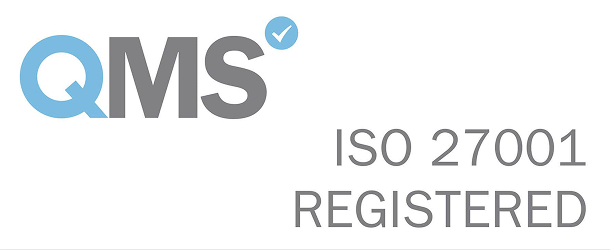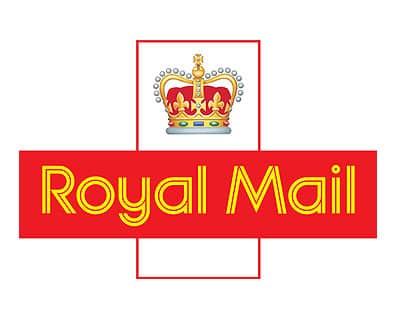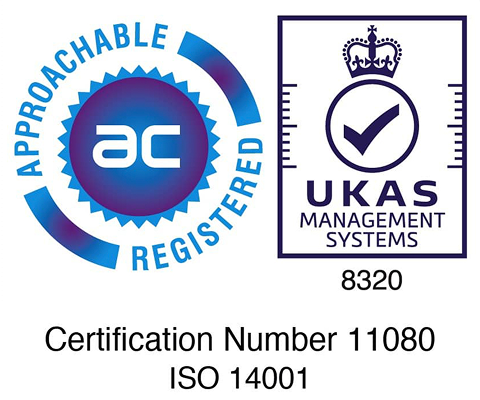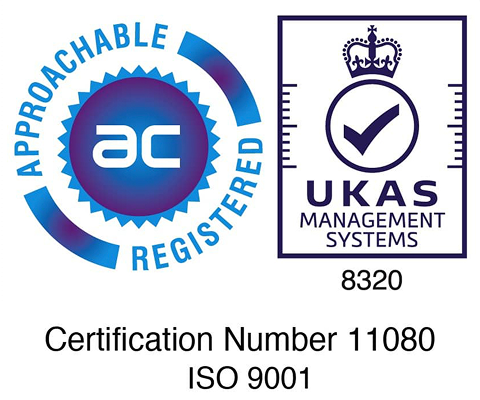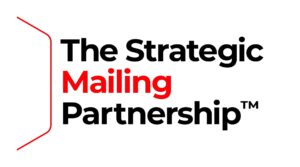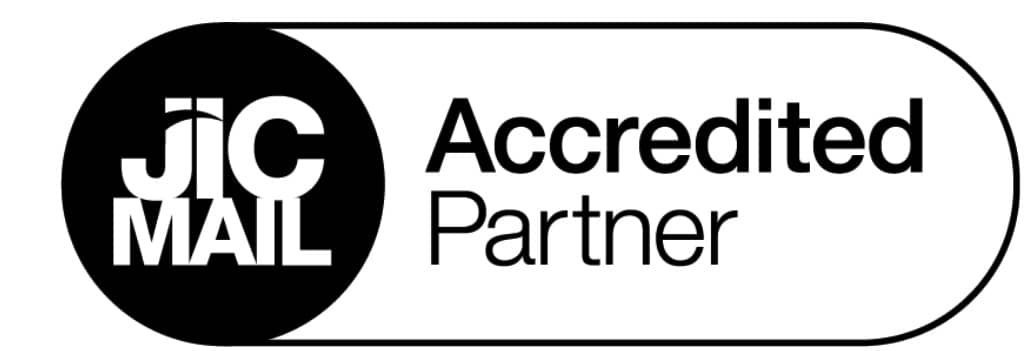The ongoing evolution of digital printing means businesses of all sizes can enjoy fast, flexible and cost-effective printing without compromising on quality.
Whether you’re a local startup or a national brand, digital printing gives you more options to connect with your audience via direct marketing.
In this article, we’ll take a closer look at this method, focusing on:
What is digital printing and how does it work?
Digital printing is a modern method that prints directly from a digital file. It’s a fast, flexible process ideal for personalised marketing and smaller print runs.
There are two main types of digital printing: inkjet and laser. Inkjet printers spray tiny droplets of ink directly onto the material, delivering rich colours and detail.
Due to its cost efficiency and speed, we recommend inkjet printing if you’re producing larger runs of envelopes that don’t need to be in full colour.
Laser printers use toner and heat to fuse the image to the surface. This is an effective method for producing clear, vivid text and for high-speed jobs.
What’s more, digital and litho printing can work hand-in-hand. We can litho print large batches (up to 200,000 items) for maximum cost efficiency, then digitally overprint personalised elements like addresses, voucher codes or QR codes, using spot sealing to keep everything crisp and smudge-free.
Digital printing benefits for businesses
Digital printing is a good option for businesses that need to prioritise speed, flexibility and efficiency when producing direct marketing materials.
Let’s look at some specific advantages of the method.
Faster turnaround times
Digital printing is based on files that can go straight to press, enabling you to print on demand. This drastically reduces setup time and is ideal for meeting tight deadlines or making last-minute changes.
Cost-effective for small batches
Traditional offset printing is most cost-efficient at high volumes. Digital printing, on the other hand, is affordable for small and medium print runs, and can help you avoid unnecessary stockpiling and waste.
Easier personalisation
Variable data printing allows you to change text, images or offers from one print to the next. This is a major benefit when you’re working with personalised marketing, targeted mailshots or unique codes.
Reduced waste
With digital printing, you only print what you need. There’s less overproduction, fewer unused materials and minimal waste, making it a more sustainable choice.
If environmental performance is particularly important to your business, you might be interested to know that our new Konica Minolta presses are EPEAT® and Energy Star certified. That means they offer lower energy usage compared to offset/litho printing and other digital printers.
Digital printing applications
One of the biggest strengths of digital printing is its versatility. It’s especially useful for marketing, where quick turnarounds, high-quality visuals and the ability to personalise content can make a real impact.
The most common materials created with digital printing in this space include:
Beyond marketing materials, digital printing for packaging is also growing in popularity. It’s widely used for custom labels, product sleeves and even short-run branded packaging.
Large-format digital printing also makes it possible to produce eye-catching signs, posters and displays, potentially for events, retail spaces and exhibitions.
Which industries are benefiting from digital printing?
The advantages of digital printing can be seen across a wide range of sectors.
In ecommerce, for example, businesses can use this method to produce personalised thank-you cards and promotional inserts. It’s a flexible way to create a memorable unboxing experience and adapt quickly to seasonal campaigns or product changes.
Retail and fast-moving consumer goods brands benefit from the ability to produce eye-catching labels, tags and packaging in small batches. This could prove especially useful for product launches, regional promotions or test marketing.
Fashion and apparel companies can use digital printing to support agile marketing strategies. The speed and adaptability of digital methods allows easier updating of campaigns and helps to keep printed materials in line with fast-changing product ranges.
In the B2B marketing space, businesses rely on digital printing for high-quality brochures, data-driven direct mail and personalised event materials. With the rise of account-based marketing, the ability to customise content and turn around materials quickly can deliver a competitive advantage.
Digital printing technology trends in 2025 and beyond
Like all technologies in the 21st century, digital printing is constantly moving forward.
Here are some of the key trends and innovations that could shape practices in this area during 2025 and beyond:
Common challenges and how to overcome them
Colour accuracy issues
Achieving consistent colour reproduction can sometimes be a challenge, often as a result of variations between devices, software and materials. You can mitigate this by using standardised colour systems, such as CMYK, and requesting sample prints before full runs to ensure you’re happy with the end product you’ll be getting.
Cost per unit at scale
Digital printing is a cost-effective option for small batches. If you’re producing larger volumes of items, it may be more efficient to look at how it can be combined with other methods.
Using digital and offset printing together for more extensive runs, for example, could be an effective way to balance your requirements for cost-effectiveness and customisation.
File preparation and resolution errors
Low-resolution images and file format issues can lead to problems such as poor print quality. To avoid these, ensure all images are at least 300 DPI (dots per inch), use appropriate file formats like PDF and conduct thorough checks before printing to spot and fix any errors.
If you have more questions about digital printing and how to make it work for your business, we can help. Contact us to discuss your future campaign plans and how we can support you.
Our accreditations
